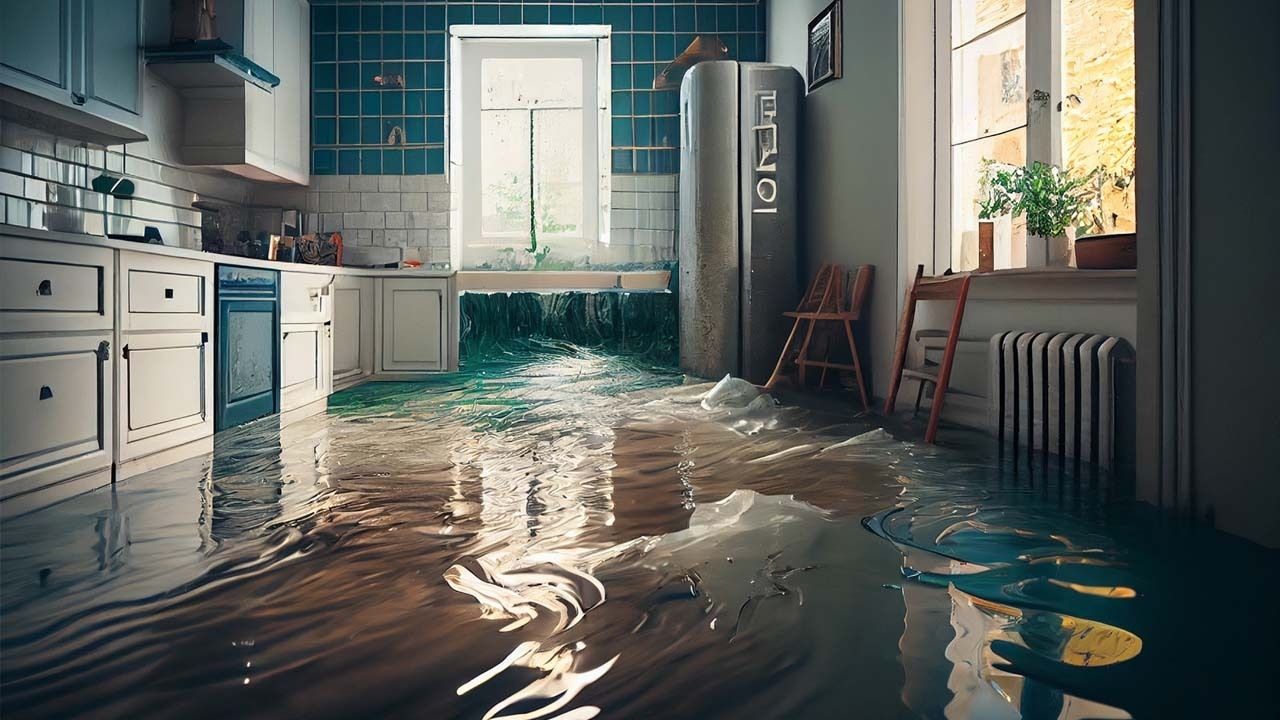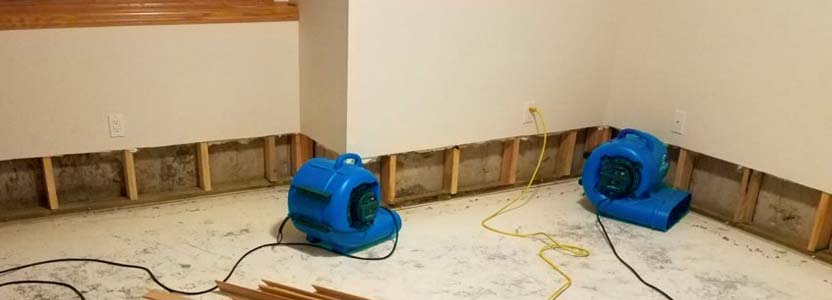Professional Mold Remediation Philadelphia: Transformative Solutions for Your Space
Professional Mold Remediation Philadelphia: Transformative Solutions for Your Space
Blog Article
Emergency Water Damages Restoration: Swift Action to Lessen More Damage
What exactly does emergency situation water damage reconstruction entail? By understanding the necessity and thorough nature of this process, you will gain beneficial insights into just how professionals take on emergency situation water damages, making sure a swift and effective action.
Significance of Swift Action

One of the primary reasons swift action is essential in water damages remediation is to stop the development of mold and mold. Mold and mildew not only creates additional damage to the structure of the building however likewise presents health and wellness risks to residents.
Furthermore, a timely feedback can aid salvage and bring back beneficial valuables and properties. Water damage can be ravaging, specifically when it influences individual products of financial or sentimental value. Acting swiftly allows professionals to analyze the damage and implement suitable reconstruction methods to recover as long as possible. This not just aids to lessen financial losses yet likewise brings comfort to those affected.
Evaluating the Level of Damage
To efficiently deal with the repercussions of water damage, it is critical to without delay analyze the degree of the damage caused upon the damaged location. Assessing the level of water damages is a crucial step in the remediation process as it aids reconstruction experts determine the proper course of action and develop an effective restoration plan.
Throughout the evaluation, restoration professionals completely check out the affected location to identify noticeable indications of damage, such as water discolorations, distorted products, and mold growth. They also utilize customized tools to spot surprise damage, such as dampness meters and thermal imaging cameras (water damage restoration philadelphia). This comprehensive analysis allows them to accurately figure out the level of the damage and establish a customized repair strategy
Evaluating the degree of water damages is crucial due to the fact that it helps professionals prioritize their efforts. They can identify areas that need instant interest, such as standing water removal and drying out, to protect against further damage and decrease the danger of mold and mildew development. They can likewise determine the areas that need repairs or replacement, making sure that no damage goes undetected or neglected.
Furthermore, a thorough evaluation provides valuable information for insurance coverage purposes. It helps homeowners and insurance coverage adjusters understand the scope of the damages, which is necessary for submitting exact insurance policy cases and receiving the suitable coverage.
Water Extraction and Drying Refine

The water removal and drying procedure is a vital action in water damages repair, as it includes the removal of excess water and the thorough drying out of the affected area to stop more damage and minimize the danger of mold and mildew growth. After assessing the extent of the water damage, the following step is to extract the water from the damaged location.
When the excess water has been drawn out, the drying procedure begins. This step is important in stopping second damage, such as architectural damages and the development of mold and mildew and mold. High-powered followers and dehumidifiers are made look these up use of to circulate air and eliminate wetness from the air and surfaces. The drying out process may take a number of days, depending on the extent of the water damages and the products involved.
It is very important to make certain that the damaged location is entirely dry prior to waging any repair work or repair. Failure to extensively dry the location can bring about long-term concerns, consisting of weakened structures, musty smells, and the development of mold and mildew. As a result, specialist water damages restoration business use dampness detection tools to make certain that the affected area is completely dry prior to proceeding to the next step.
Mold Avoidance and Remediation

To prevent mold and mildew growth, it is vital to resolve water damages promptly. The very first step is to identify and repair the source of the water intrusion.
In situations where mold development has actually already taken place, remediation is required the original source to get rid of the mold and mildew and avoid its return. This involves the cautious elimination and disposal of damaged products, such as drywall or carpet, to make sure that all traces of mold are eradicated - home inspector philadelphia. It is essential to note that mold removal should be accomplished by specialists that have the essential training and devices to securely handle and eliminate mold and mildew
Restoring the Affected Area
After addressing mold and mildew prevention and removal, the next critical action in water damage restoration is recovering the affected location to its pre-damage condition. This step entails an extensive process to guarantee that all traces of water damage are eliminated and the affected location is fully fixed.
To start with, it is necessary to thoroughly dry the area to avoid any further damages and to prevent the growth of mold and mildew. This may include making use of specialized drying out tools, such as dehumidifiers and industrial-grade followers, to remove all dampness from the afflicted surfaces.
When the location is completely dry, the remediation process can begin. This may include fixing or replacing damaged architectural components, such as ceiling, flooring, or drywall you could try here ceramic tiles. It is necessary to deal with any type of underlying issues that might have triggered the water damage, such as dripping pipes or malfunctioning plumbing, to stop future events.
In addition, bring back the afflicted area may additionally consist of repainting walls, changing damaged fixtures, and completely cleansing and sanitizing the area. This guarantees that not only is the location structurally audio, but it is likewise aesthetically pleasing and safe for occupancy.
Final Thought
To conclude, swift action is critical in reducing additional damage triggered by water emergencies. Assessing the extent of damage permits reliable water removal and drying processes to be carried out. In addition, mold and mildew prevention and removal are crucial in restoring the affected location. Generally, timely action and detailed reconstruction steps are key to mitigating the adverse impacts of water damage.
Swift response is of utmost importance in water damage remediation to minimize additional damages and minimize possible risks.Throughout the assessment, restoration specialists completely examine the afflicted location to determine noticeable indications of damage, such as water stains, warped materials, and mold and mildew development.The water removal and drying out procedure is a critical action in water damage reconstruction, as it entails the elimination of excess water and the comprehensive drying of the damaged area to protect against more damage and alleviate the threat of mold and mildew development. After analyzing the level of the water damages, the next step is to extract the water from the afflicted location. water damage restoration philadelphia.Reliable mold avoidance and remediation are vital in water damages repair to make sure the safety and security and integrity of the afflicted area
Report this page